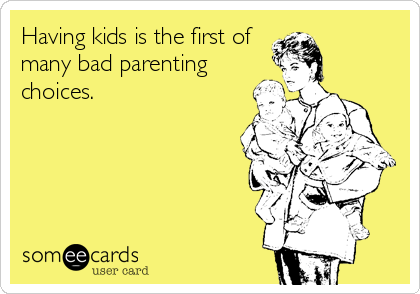Children love to play and often use their imagination by taking on different roles and characters. You can use this love for play to help improve their social behaviour and communication skills. By acting out various scenarios, you can explore with your child how other people are likely to respond to different approaches and change behavior through role-modeling.

Role playing with your child allows them the opportunity to experience socially acceptable behaviors. On the flip side, you can show how behaviours might lead to negative consequences. Role-playing also increases perspective taking by giving them a sense of what other people are likely to be thinking and feeling in the situation. Preparing for a situation using role-play builds up your child’s self-confidence with handling the situation in real life.
Prior to role playing you may want to speak to your child’s teachers or others who are involved with your child to determine what specific behaviour and communication skills you want to focus on. Set aside time each day to practice the skills. Ensure you have gathered all materials and limit potential distractors to help with your child’s ability to attend and participate. When you plan to role-play, make sure it is a proactive practice and your child is in a positive or neutral mood. Do not practice scenarios when your child is upset or in the middle of a problematic situation.
Possible scenarios to role play may include:
- Joining peers in play
- Managing conflict with others
- Starting and maintaining a conversation
- Requesting help
- Giving and receiving compliments
- Complying and following directions
Use the following procedure as part of your role playing:
- Instruction and modeling:
- Provide a description of the skill, its importance or rationale, when and when not to use the skill.
- Use clear and specific language and supporting materials during the role play.
- Set up a scenario and demonstrate (model) to your child how to perform the skill. You may also want to make it fun by video taping the role-play and adding siblings to act as peer models.
- Maintain appropriate pace and repeat as necessary until your child can preform the skill during the role-play.
- Rehearsal and feedback:
- Provide opportunities to rehearse (practice) the skill several times. You may want to role play a couple of times a day and or several times a week. Decide with your child on a set time to practice the skills and make it part of your routines.
- Assign roles to each person involved in the role-play. Once you’ve identified these roles, encourage your child to use their imagination to put themselves inside the minds of the people that they’re representing. By doing this, you are helping your child to understand their perspectives, goals, motivations and feelings when they enter the situation.
- To help your child stay focused, you may want to write a script that they can follow. Use pictures and props if necessary.
- Provide prompts to help your child engage in the correct response.
- You may want to consider collecting data on your child’s performance to determine progress. (optional)
- Provide praise for correct responses.
- Provide respectful corrective feedback for incorrect responses.
- When you finish the role-play, discuss what your child has learned, so that they can learn from the experience.
An example of role-playing with your child
Parent: “Okay, Edan we are going to practice what we do when we feel mad. It’s okay to feel mad but it is not okay to hurt our friends when we are mad. You are going to be the friend and I want you to take the toy away from me and not give it back and then watch carefully what I do and say because you are going to get to practice too. We are going to practice asking for the toy back in a friendly way and if that doesn’t work, then telling the teacher. Just remember, the rule Talk, Walk, Tell. Ready?”
Pretend you are playing with a toy and give your child a cue to indicate that they are to take it away.
Parent (role playing child): “Edan, I had that first, please give it back.”
Model walking away to a teacher, which can be another person in the room or even a stuffed animal. “Teacher, Edan took my toy without asking and I had first. I need help.”
Reverse the roles
Tell your child it his his turn to practice. Don’t forget to praise what they did well and give feedback on what they could improve on.
Example: “Wow, I am so happy that you spoke to your friend in a friendly voice. But don’t forget to go and tell an adult if your words don’t work.”
Parent: “So Edan, tell me what you need to do then next time your friend takes your toy away from you without asking?”
These simple steps help you model and teach to your child how to manage many social and communication skills. So, get ready to put on your acting shoes, have fun and use your imagination to teach your child!
References:
Miles, N.I., & Wilder, D.A. (2009). The effects of behavioral skills training on caregiver implementation of guided compliance. Journal of Applied Behavior Analysis, 42(2), 405-410.
Steward, K.K., Carr, J.E., & LeBlanc, L.A. (2007). Evaluation of family-implemented behavioural skills training for teaching social skills to a child with asperger’s disorder. Clinical Case Studies, 6, 252-262.
https://www.mindtools.com/CommSkll/RolePlaying.htm
Read more from Janet Arnold and Francine McLeod at www.findingsolutions.ca







